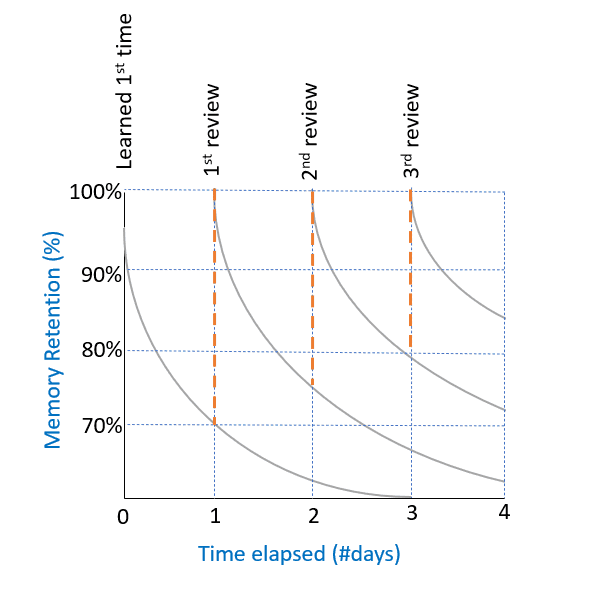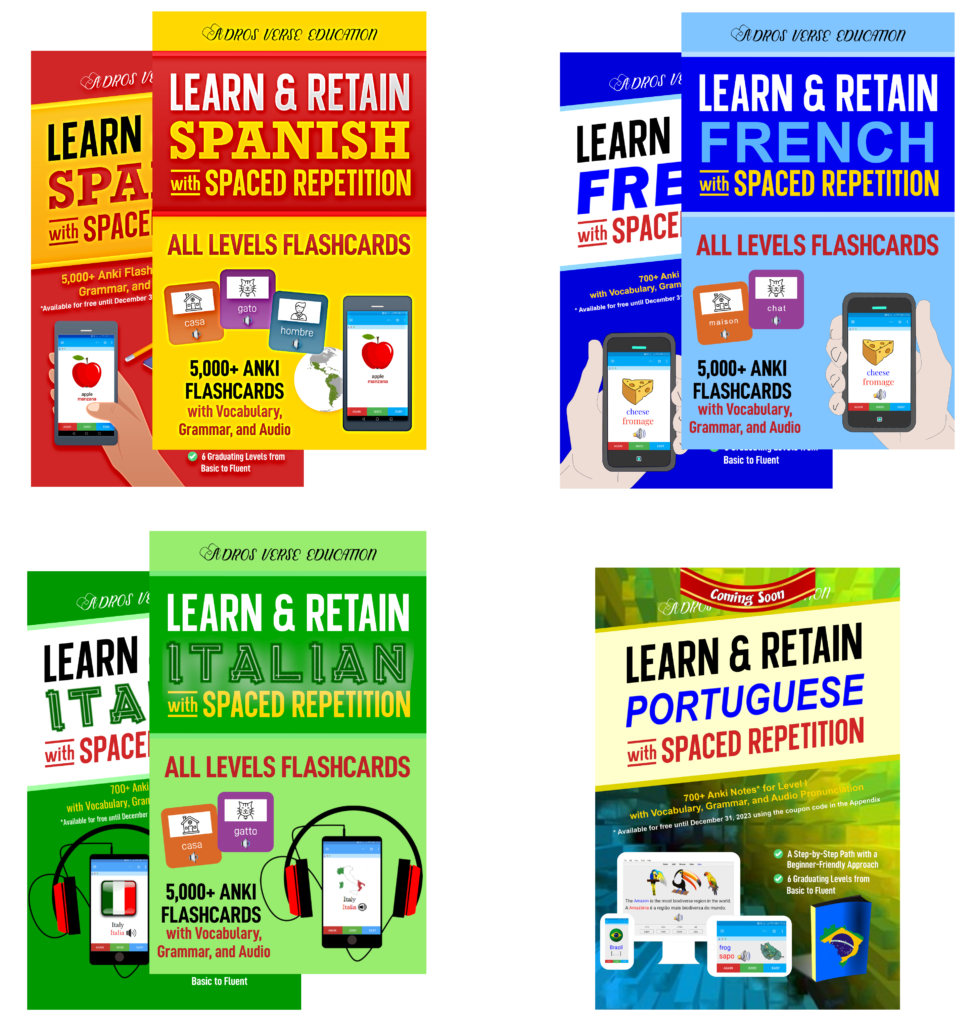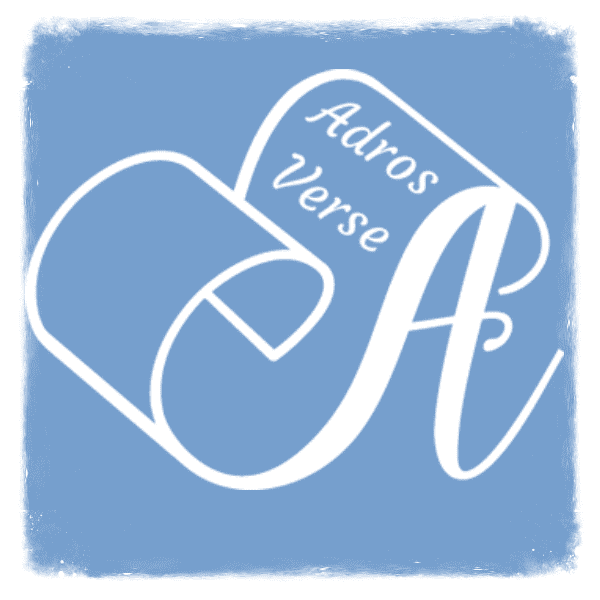Remember all the times that you learned something just to forget it when you get rusty after not practicing for a while? Now imagine that there is some way to remind yourself of only the things that you are about to forget before you forget them, without boring yourself with the ones that you have already memorized. You may think that this would be convenient but also impossible, when in fact, it is possible using spaced repetition and Anki software.
Using Spaced Repetition to Learn Languages
Spaced repetition is a method of learning new material and then reviewing and memorizing that material over spaced intervals. Spaced repetition is often carried out using flashcards. The cards that you memorize successfully (i.e., easy material) will be reviewed less often, whereas the cards that you stumble over and struggle to memorize (i.e., hard material) will be shown more often.

In essence, spaced repetition is an enhancement of the old technique of learning by flashcards. Flashcards rely on cramming the material into the learner’s memory. This is regardless of how many times the learner successfully memorizes the material. This makes the learning process inefficient and exhausting. Spaced repetition addresses this flaw. This is done by presenting the material to the learner with a frequency that is inversely proportional to his or her ability to memorize it. Ideally, the learner is presented with the learned material right before he or she is about to forget it. As you can guess, this technique comes in handy when used to learn new vocabulary.
There has been a lot of research on spaced repetition since its first proposal by Mace in 1932. Since then, it has remained a subject of interest for many researchers and people who seek to improve their memory. In any case, we believe that the improvement that spaced repetition adds to old flashcard techniques, especially in the context of learning a new language, is substantial.
Spaced Repetition Softwares – Anki as an Example
To apply spaced repetition to flashcards, we need to decide on many parameters, such as the interval between reviews, fixed or graduated intervals, etc. Many software programs use algorithms to implement spaced-repetition learning. We will not delve into the details of each software and the algorithms they use.

Instead, we will pick the most popular spaced repetition software among students and language learners, and that is Anki. The word “Anki” in Japanese means “memorization.” It is an application developed by Damien Elmes in 2006 that uses an algorithm called SM-2, developed by SuperMemo. The software seems to offer many features while maintaining a reasonable level of simplicity.
How Languages are Learned
There are many studies out there that try to answer the question: “How many words do I need to know to understand X% of a language?”. Stuart Webb, linguistics professor, asserts that a typical native speaker knows 15,000 to 20,000 word families. A word family is the base form of a word (e.g., break, breaker, broken, broke, etc., all count as one word family). A language learner who knows 800 of the most common words in English can understand 75% of the daily-spoken language.
Having a vocabulary size of 2,000 word families is sufficient to cover nearly 80% of a written English text. To understand dialogue, Professor Webb asserts that you need to know 3,000 of the most common word families. Paul Nation makes a similar assertion. He defines 3,000 as the reasonable threshold of high-frequency words needed by a second-language learner.
Using a Combination: Book + Anki for Language Learning
A lot of Anki cards are available online. Some are free, and many others are on the costlier side. However, the issue with many available products is that they do not have guidelines that go hand-in-hand with the cards. After all, memorization is different from knowledge acquisition, which requires an understanding of the material you are learning. We attempt to solve this missing piece of the puzzle by providing the proper introduction, learning progression, and grammar knowledge to make sense of the information you are trying to memorize.
With over 5,000 flashcards, this combination aims at getting you to that level where you can master the language.



